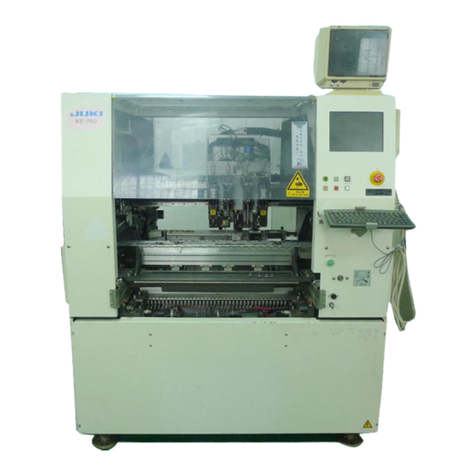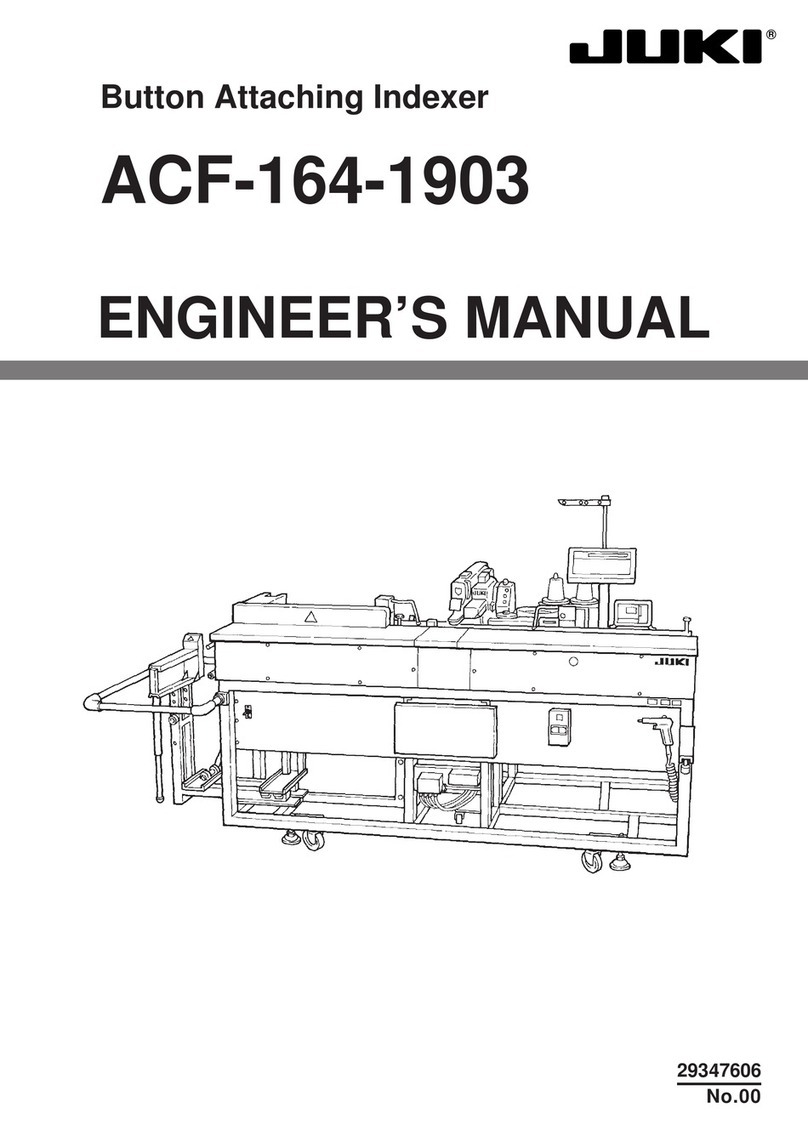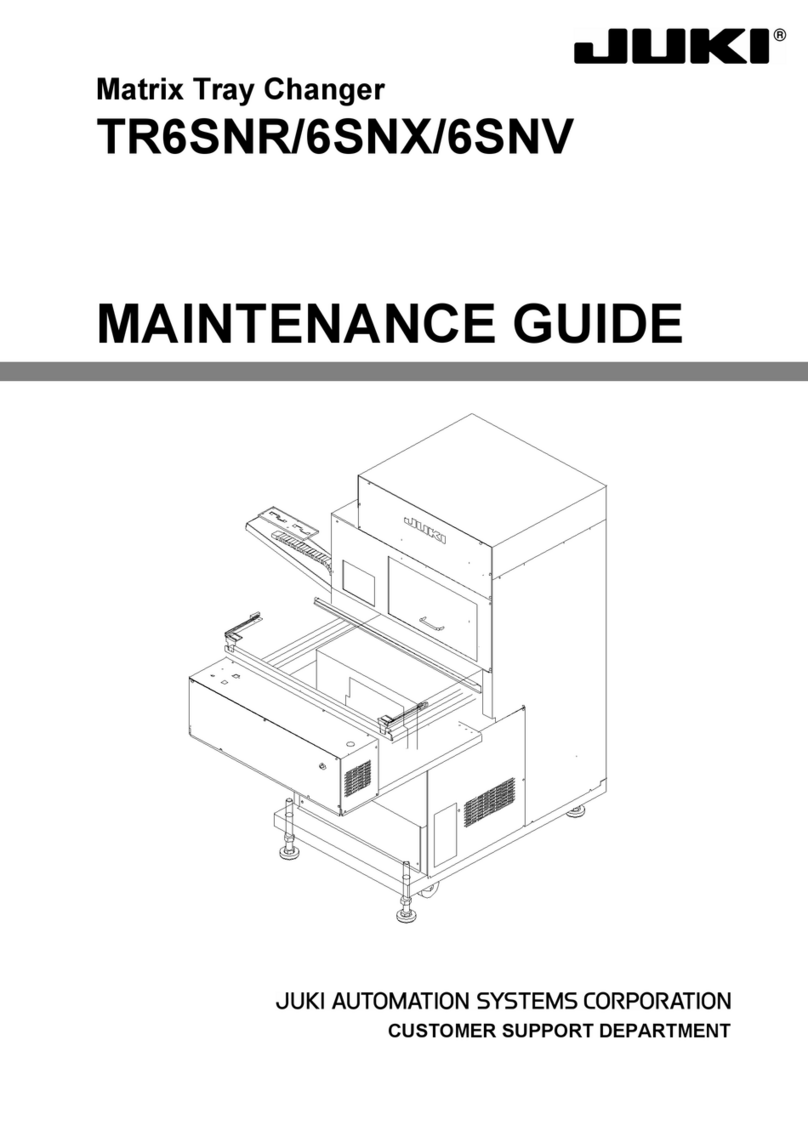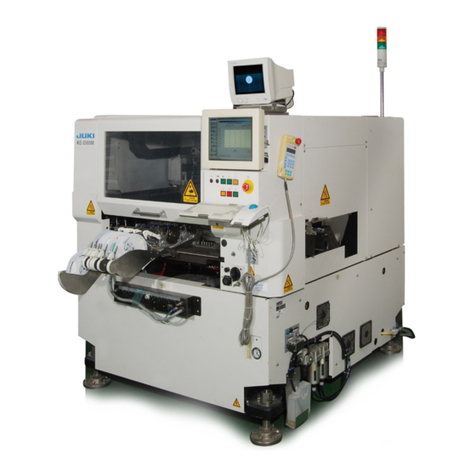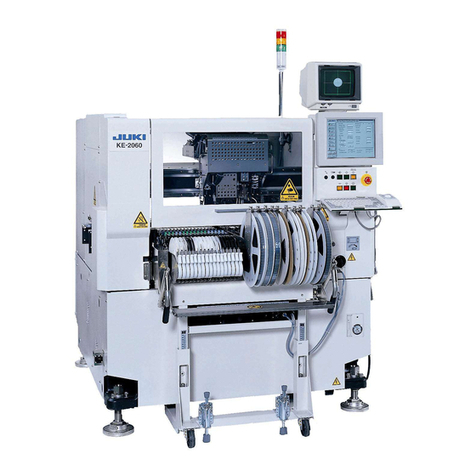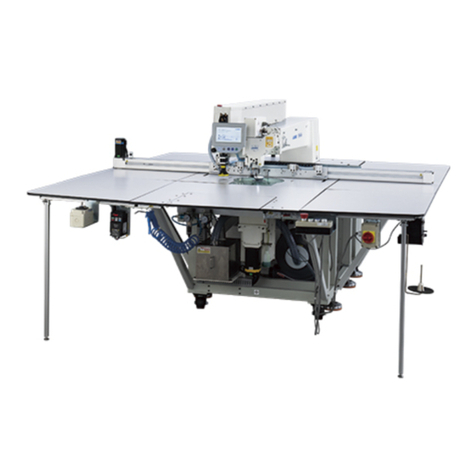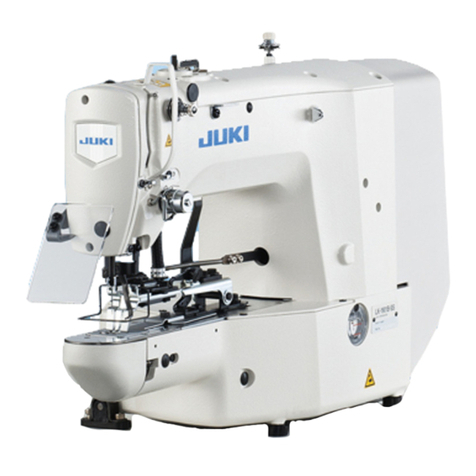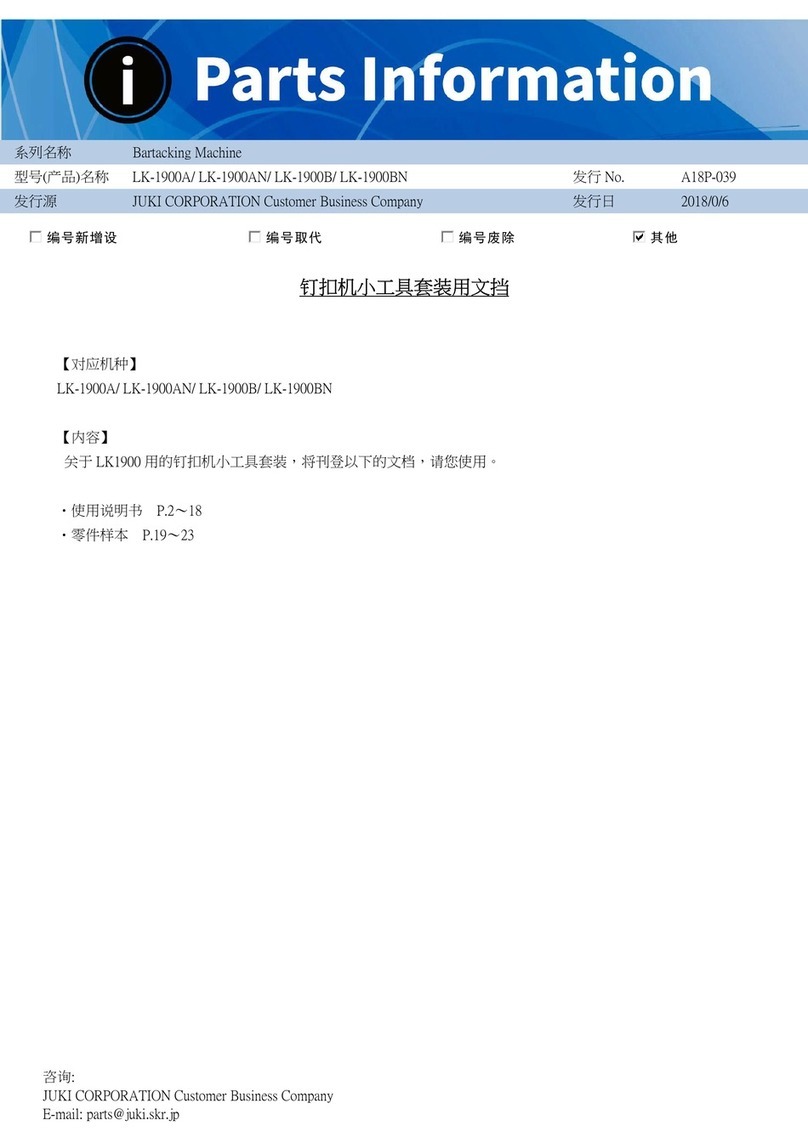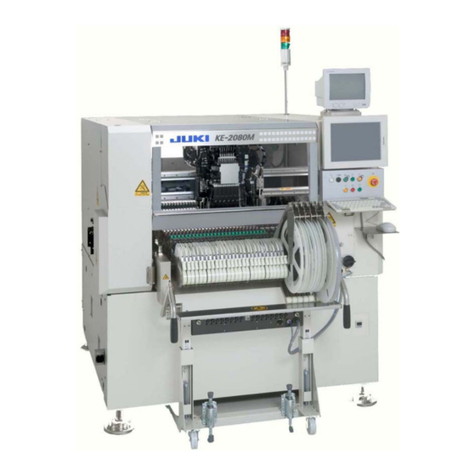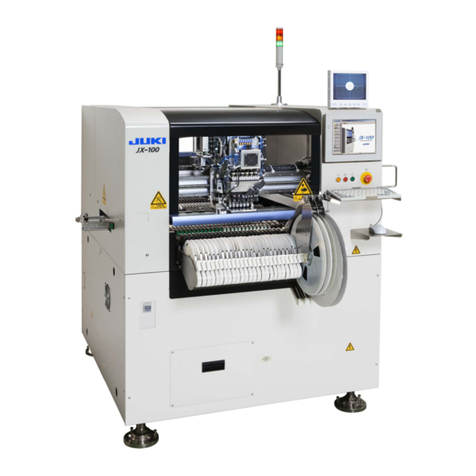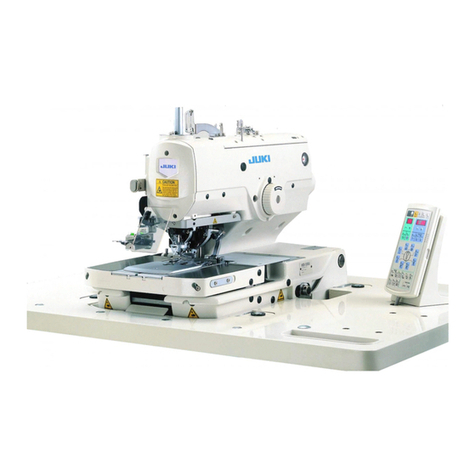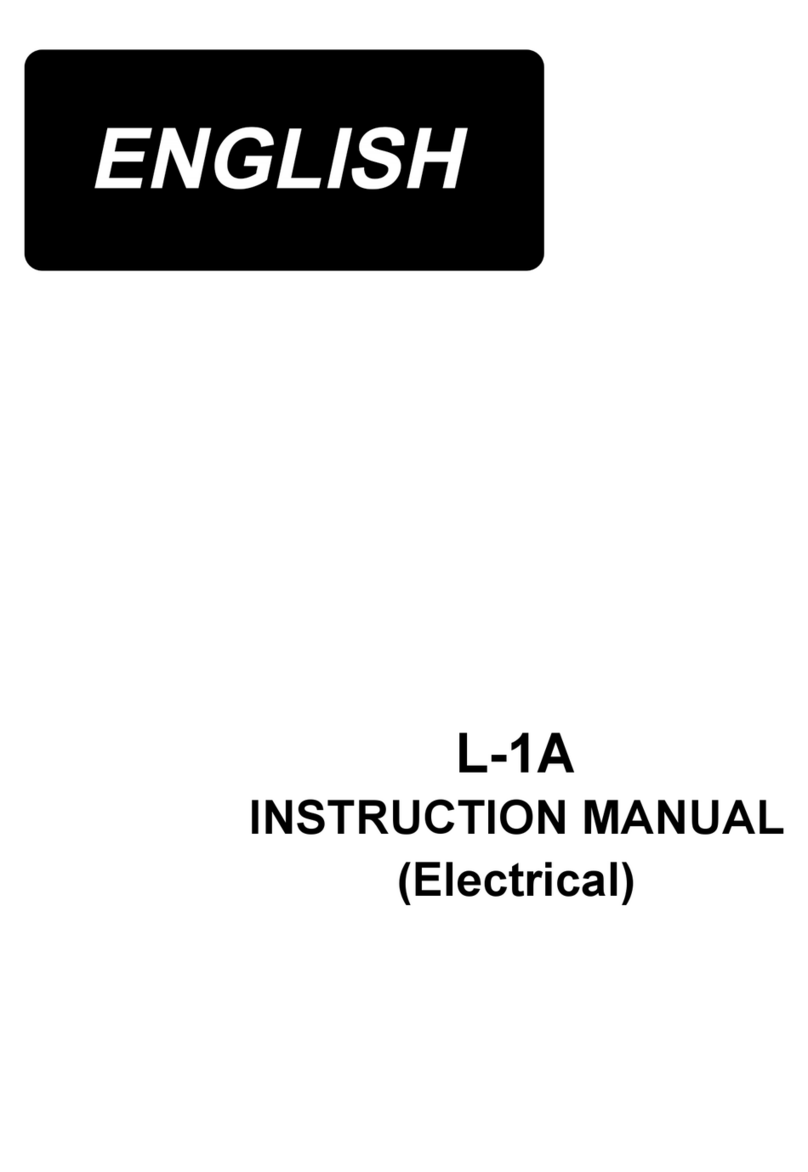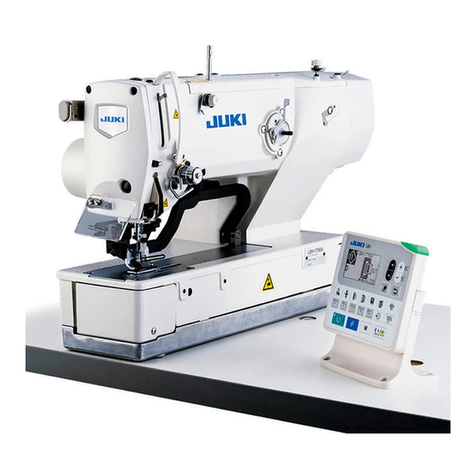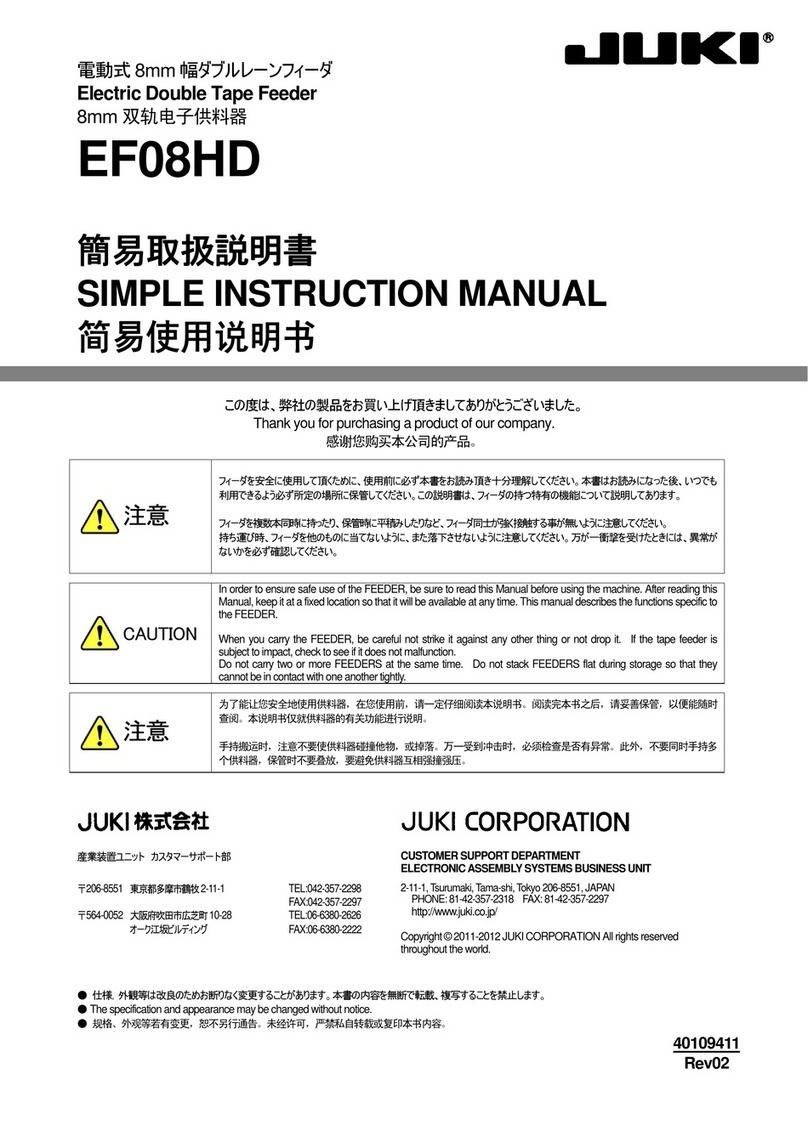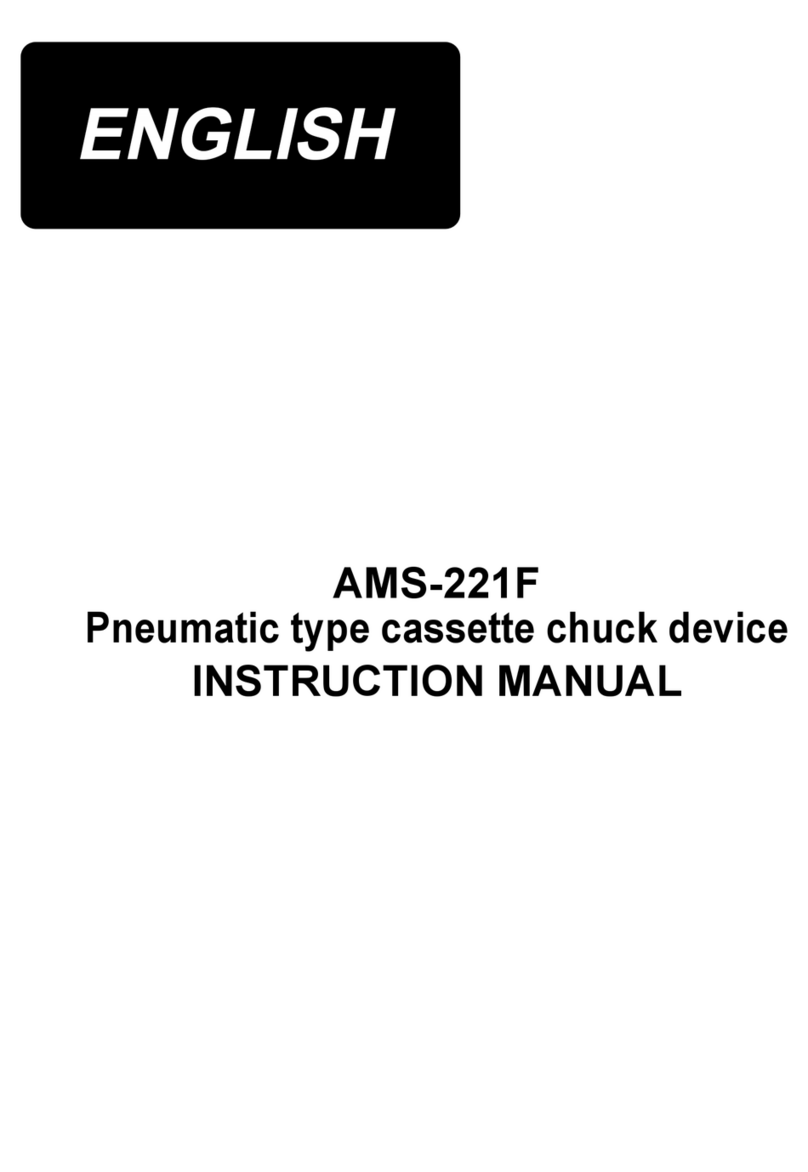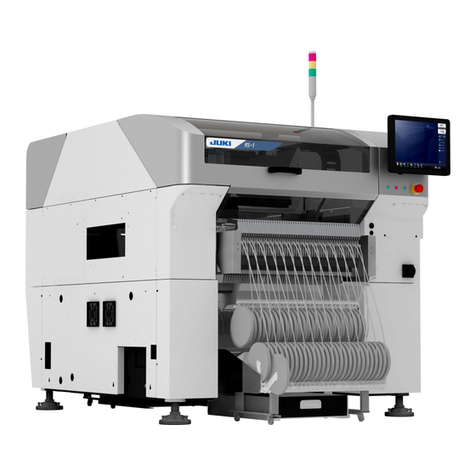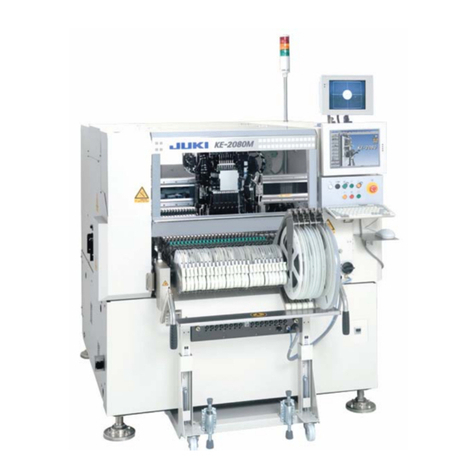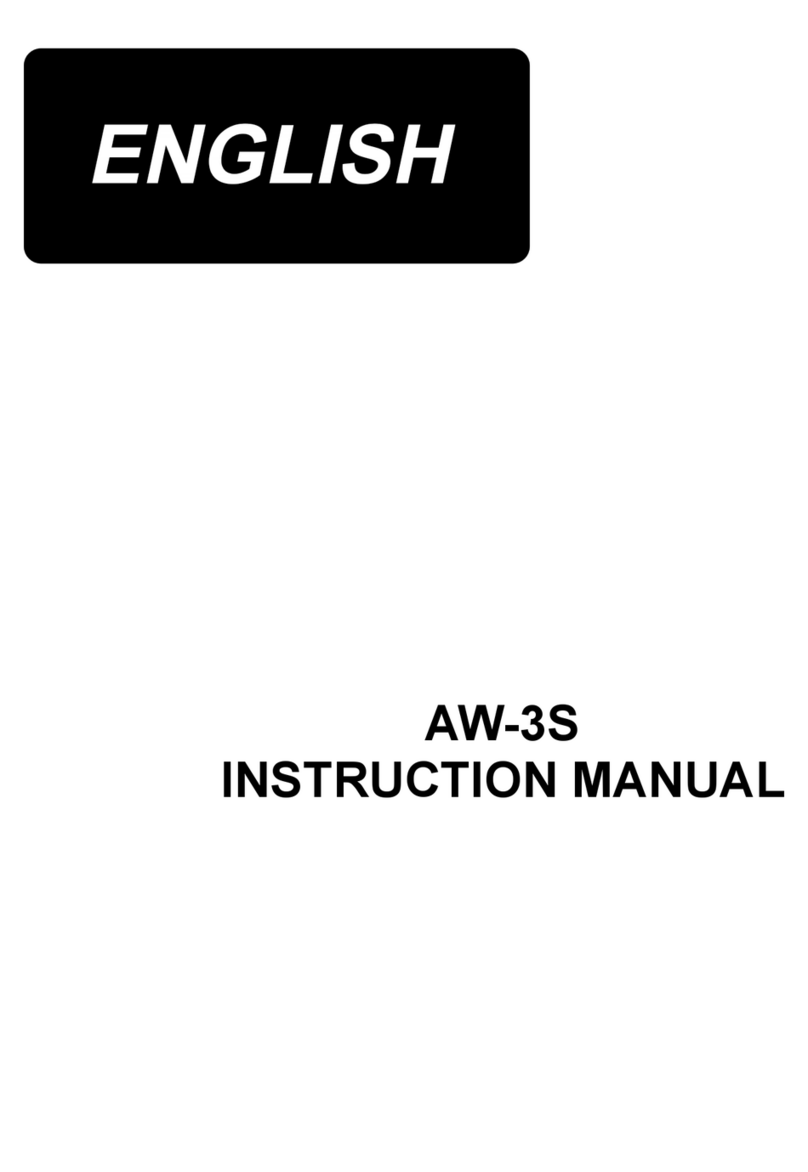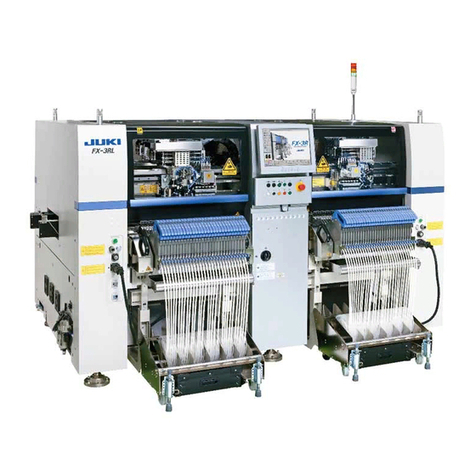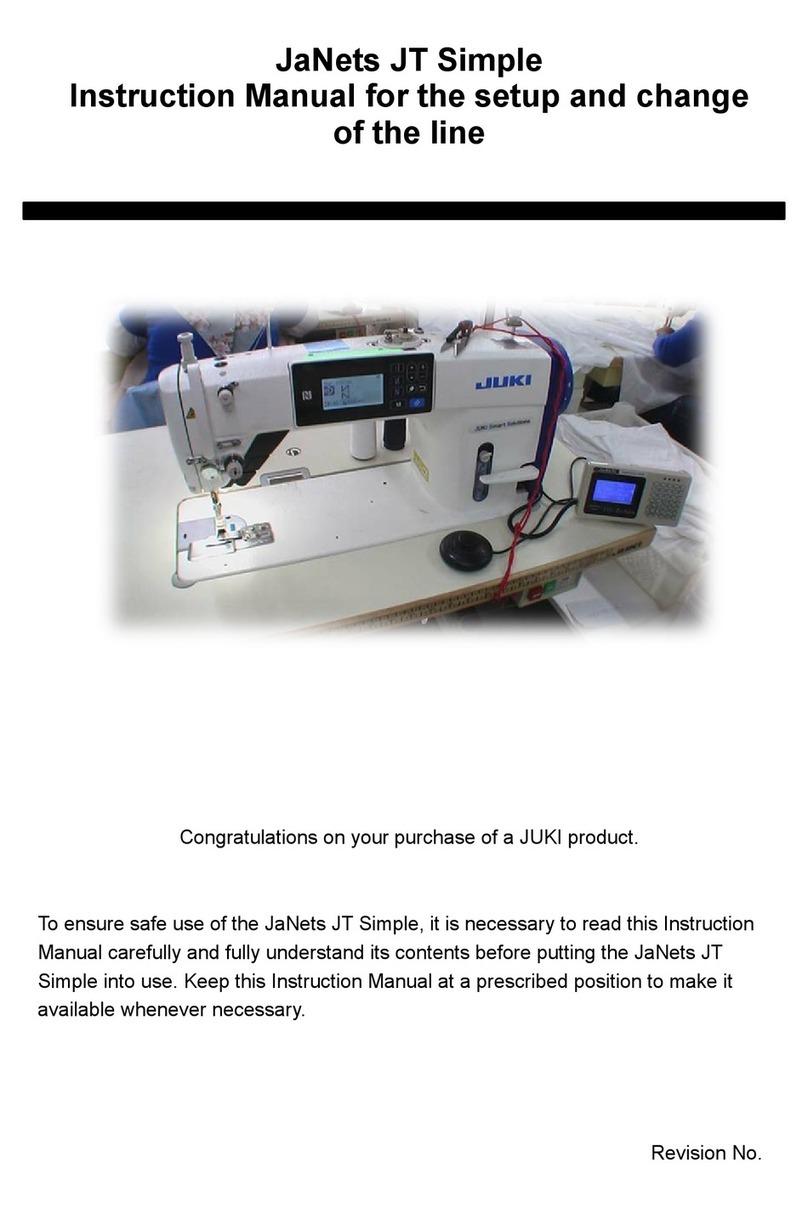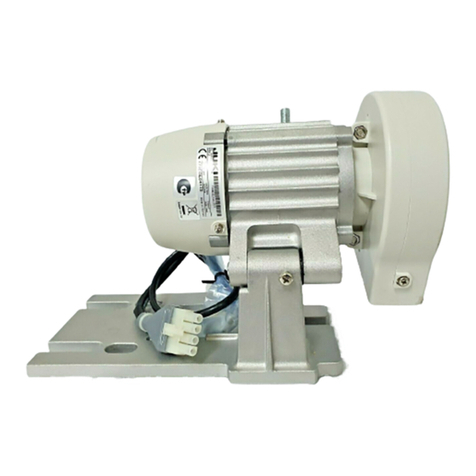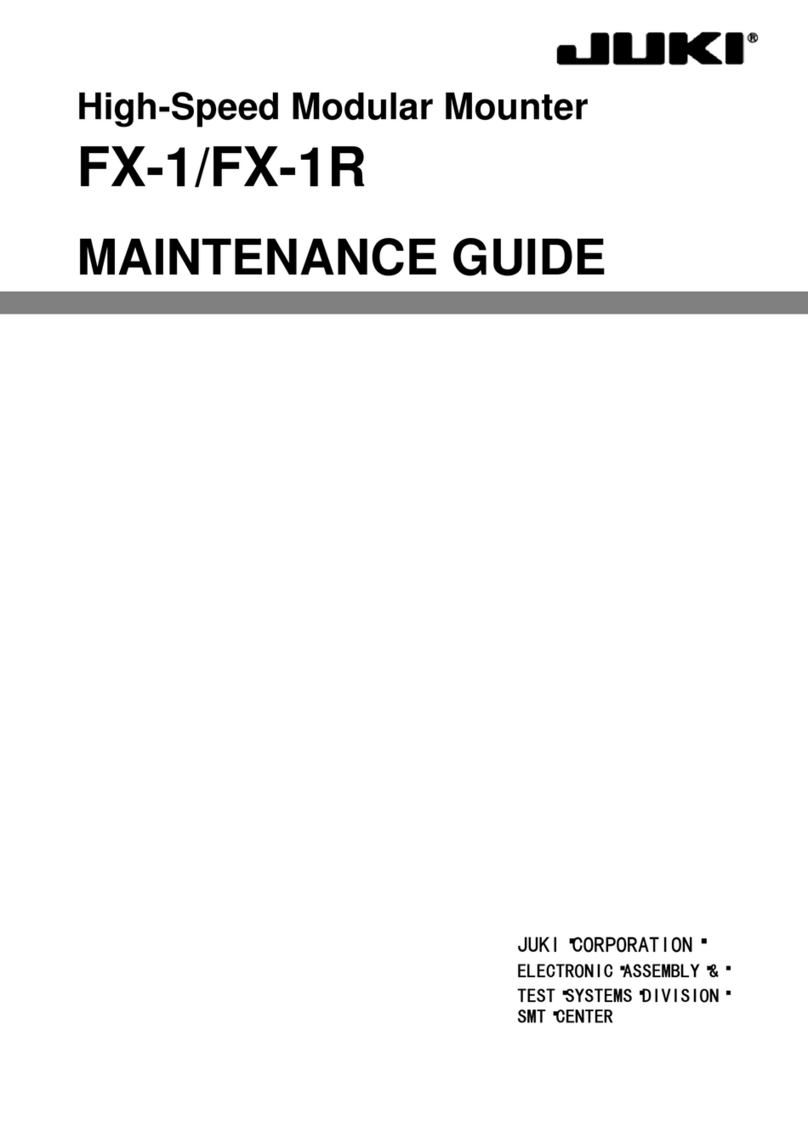
ATF Instruction Manual
Table of Contents
1. Overview .....................................................................................................1
1.1 Features ......................................................................................................................... 1
1.2 Specifications................................................................................................................. 1
1.3 Name of Each Part......................................................................................................... 2
2. How to Use..................................................................................................4
2.1 Attaching or Detaching the Tape Reel........................................................................... 4
2.1.1 How to attach the tape reel..................................................................................4
2.1.2 Removing a tape..................................................................................................8
2.2 Carrying the Tape Feeder.............................................................................................. 9
2.3 Feeding a Component (Enabling a Component To Be Picked Up)............................... 9
2.4 Splicing........................................................................................................................... 10
2.4.1 Specifications of a splice tape .............................................................................10
2.4.2 How to splice tapes .............................................................................................10
2.5 Attaching or Detaching the Tape Feeder onto a Mounter ............................................. 15
3. Daily Inspection..........................................................................................16
3.1 List of Daily Inspection Items ......................................................................................... 16
3.2 Where to Inspect............................................................................................................ 17
3.3 Where to Clean .............................................................................................................. 20
3.4 Where to Lubricate......................................................................................................... 23
3.5 Parts to Be Replaced Regularly..................................................................................... 24
3.5.1 List of parts to be replaced regularly ...................................................................24
3.5.2 How to replace a part that is to be replaced regularly.........................................24
4. Options........................................................................................................28
4.1 Bar Code Tag................................................................................................................. 28
4.1.1 Attaching a bar code tag......................................................................................28
4.2 Embossed Tape Spacer ................................................................................................ 29
4.2.1 Pasting an embossed tape spacer ......................................................................29
4.2.2 Combination of the embossed tape spacer thickness.........................................29
4.3 Joint tape........................................................................................................................ 30
4.4 Tape reel attaching platform .......................................................................................... 30
